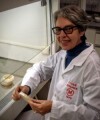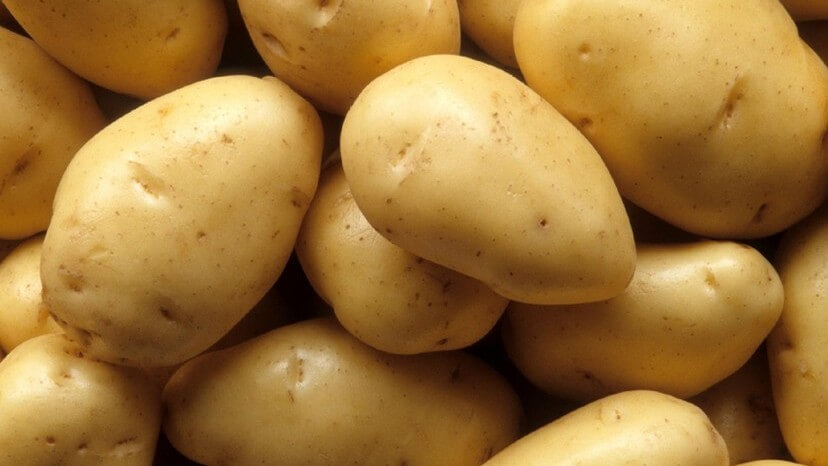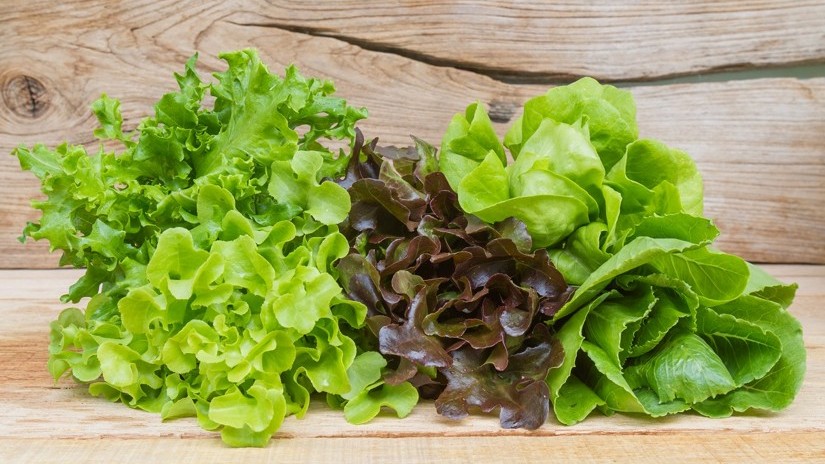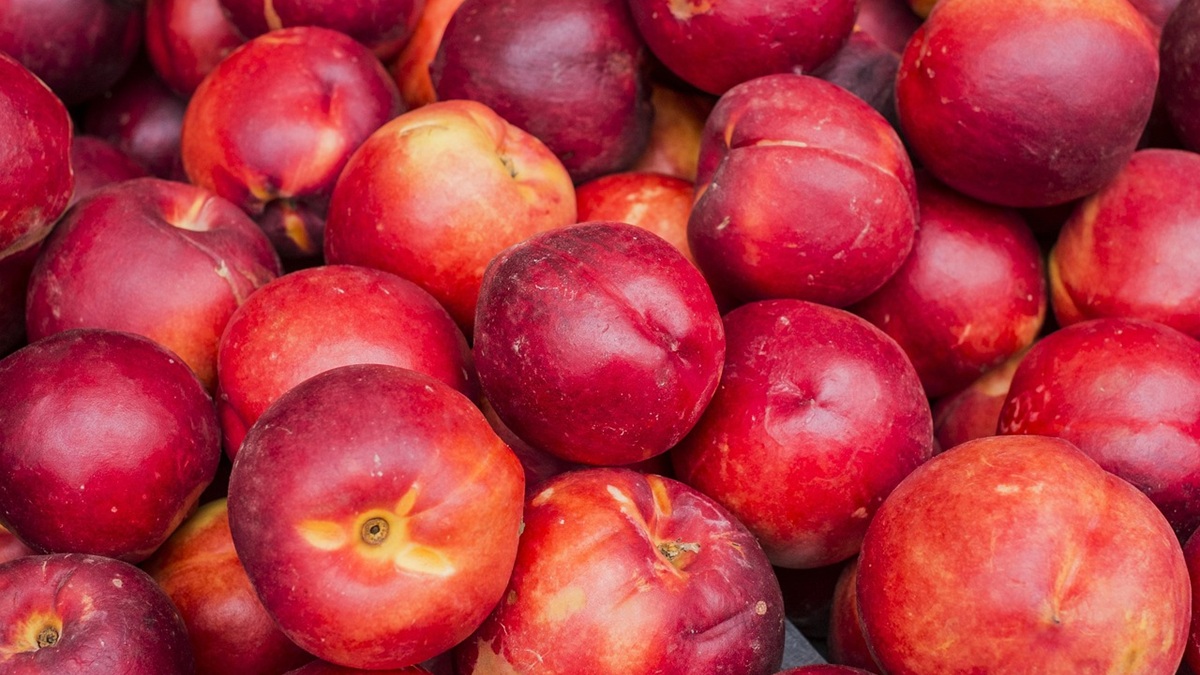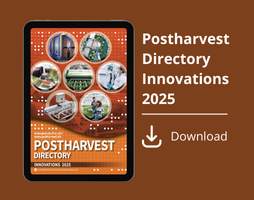News
Regulation of peach ripening
The transcription factor PpERF.E3 regulates peach fruit ripening and softening by mediating ethylene biosynthesis and cell wall degradation
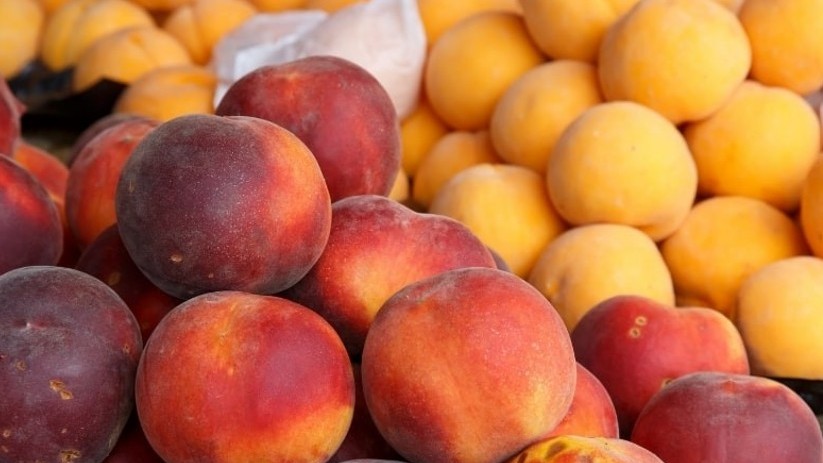
The peach (Prunus persica L., family Rosaceae) is a fruit of great economic importance in temperate regions and serves as a model system for molecular biology research within the Rosaceae family.
Fruit ripening is a highly coordinated process that involves physiological and biochemical changes, such as pigment biosynthesis, chlorophyll degradation, texture modification, sugar accumulation, and flavor development. These changes are essential for determining the quality, postharvest shelf life, and commercial value of the fruit.
Ethylene
Ethylene is a crucial regulator of fruit ripening and senescence.
In the ethylene biosynthetic pathway, methionine is converted into S-adenosylmethionine (SAM), which is subsequently transformed into 1-aminocyclopropane-1-carboxylic acid (ACC) through the action of the enzyme ACC synthase (ACS). ACC is then oxidized by ACC oxidase (ACO) to produce ethylene and carbon dioxide.
The enzymes ACC synthase and ACC oxidase are key rate-limiting steps that have been widely studied in various fruits.
In peach, the PpACS1 and PpACO1 genes, which encode the enzymes ACC synthase and ACC oxidase, respectively, play a fundamental role in regulating ethylene biosynthesis during fruit ripening
Differences According to Peach Type
Peaches can be classified according to flesh texture. Melting-flesh peaches exhibit ethylene release during ripening, whereas non-melting-flesh peaches are characterized by the absence of ethylene production during postharvest storage. This difference is attributed to the reduced expression of the PpACS1 gene, which is involved in ethylene biosynthesis.
Transcription Factors Linked to Ethylene Biosynthesis
Several transcription factors function within the ethylene biosynthetic pathway to regulate fruit ripening.
For example, in peach, PpHB.G7 positively regulates the PpACS1 and PpACO1 genes.
In addition, PpERF.A16, an ethylene-inducible transcription factor, enhances ethylene biosynthesis by activating PpACS1 and PpACO1. Similarly, PpNAP6 promotes peach ripening by activating these same genes.
The AP2/ERF transcription factor superfamily, which responds to ethylene, is one of the largest in plants.
AP2/ERF proteins contain a highly conserved DNA-binding domain of 60–70 amino acids, allowing them to interact with the promoter regions of target genes.
Recent studies have shown that ERF proteins play crucial roles in pigment synthesis, fruit softening, and flavor and aroma development, both in immature and mature fruits.
What Happens in Peach
In peach, several ERFs such as PpERF.A16, PpERF.E2, and PpERF61 directly activate PpACO1 and PpACS1, contributing to fruit ripening.
Moreover, PpERF4 interacts with PpIAA1 to enhance the transcription of PpACO1, PpIAA1, and the abscisic acid (ABA) biosynthesis genes PpNCED2 and PpNCED3, as well as PpPG1, a gene involved in fruit softening.
Cell Wall Degradation
Fruit ripening and softening are influenced not only by ethylene but also by extensive modifications of the cell wall.
Cell wall degradation involves processes such as pectin solubilization, hemicellulose depolymerization, and middle lamella dissolution.
Several enzymes—including polygalacturonase (PG), β-galactosidase, pectin methylesterase (PME), xyloglucan endotransglycosylase/hydrolase (XTH), and pectate lyase (PL)—play essential roles in this process.
Pectin, a major component of the primary cell wall and middle lamella, contributes to tissue integrity and mechanical strength.
Ethylene Regulation of Cell Wall Degradation Genes
Ethylene has been shown to regulate cell wall–degrading genes in various fruits.
In peach, endo-PG genes correlate positively with ethylene levels and fruit firmness. Even in strawberry (Fragaria × ananassa), a non-climacteric fruit, ethylene modulates the expression of polygalacturonase and β-galactosidase genes, suggesting a conserved role of ethylene in fruit softening.
Recent studies have demonstrated that ERFs also regulate fruit softening by modulating cell wall degradation genes.
In peach, PpERF61 enhances ethylene biosynthesis and promotes softening by activating the transcription of PpPL1, PpPL15, PpPG2, and PpPG3 through the PpERF61–PpSEP1 signaling cascade.
A recent study identified PpERF.E3, a member of the AP2/ERF family, as an upstream regulator (a DNA region near the promoter that controls gene expression) of PpACO1.
The Multifunctional Role of PpERF.E3
Research conducted in this study demonstrated that PpERF.E3 promotes peach fruit ripening and softening by directly activating the promoters of ethylene biosynthesis genes (PpACO1 and PpACS1) and cell wall–degrading genes (PpPL1, PpPL15, PpPG21, and PpPG22).
It was also verified that overexpression of the PpERF.E3 gene accelerates fruit ripening, while silencing of the same gene produces the opposite effect.
These findings provide new insights into the regulatory role of the ethylene signaling network in fruit ripening.
References
Zhang, X.; Kang, T.; Cao, L.; Zhan, Q.; Xu, Y.; Zhu, J.; Zheng, X.; Cheng, X.; Hu, Y.; Zhao, C. (2026).
PpERF.E3 regulates peach fruit ripening and softening by mediating ethylene biosynthesis and cell wall degradation
Postharvest Biology and Technology, 231:113846
Imagen
https://www.saudedica.com.br/tipos-de-pessego/#google_vignette Acces on 24/10/2025


